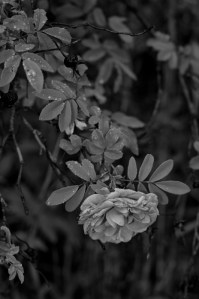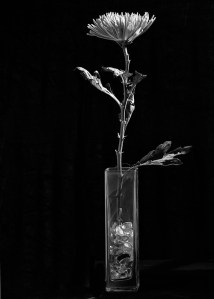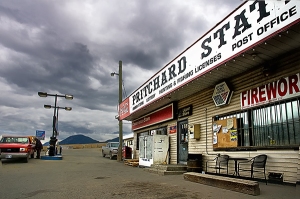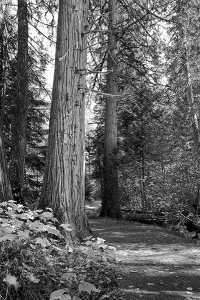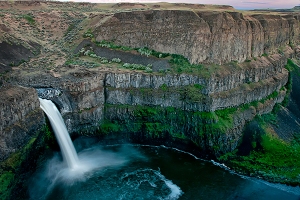Easter is about a month away and I expect a few readers will be getting flowers from someone or giving flowers to someone. Those flowers will be a great photo-opp.
A portrait photographer’s studio set-up usually includes a backdrop and lighting equipment. The lighting, from small, or large flash units, is controlled by an array of modifiers that can include reflectors, umbrellas and softboxes. And the backdrop is chosen not so much because it is a flat surface but because it is a background to flatter the subject seated in the foreground.
The lighting illuminates the subject and separates it from that background as well as creates depth and dimensional form.
When producing an outdoor portrait most experienced photographers will begin by placing their subject in front of a neutral background or sometimes erect a backdrop and use either flash, or reflectors, to control the light on their subject and create depth and interest.
However, if I asked those same photographers to make me a good picture of a plant they would likely just kneel down next to some pretty flower and snap the picture with little thought to background or lighting.
After years of doing just that to lazily document some plant that caught my eye, I decided that I wanted more from my images. I realized that it was the shapes and plant forms that drew me to gardens.
During my quest to make my plant and garden photos more than flat, lifeless documents, I discovered the flower photography of Robert Mapplethorpe. His portraits of flowers are always posed and include the kind of dynamic lighting one would expect in photographs of beautiful people. His spectacular and thoughtful compositions of flowers, like orchids and calla lilies, convey moods that to me reveal more with each viewing.
When I photograph people I try to be both creative and flattering with my lighting, remembering that a good portrait should have lasting power. I want future generations to see a portrait of their parent or grandparent and still like it. If one gets too edgy, or trendy, the portrait will not stand the test of time and be discarded when trends change.
I have come to think the same way about photographs of plants. Flowers, of course, are so much easier to photograph than people, especially potted plants. Select a good location, turn the pot until the pose looks good and add light. Plants don’t get tired, nervous or jittery. Maybe that’s why I like photographing flowers, they (almost) always cooperate.
Photographing a plant in the garden or in a pot should be more than quickly pointing a camera at that flower in a garden or a windowsill and releasing the shutter.
Put that boring iPhone away, and take the time to make it more than just a repetitive, unimaginative record. Don’t be in a rush; take time to develop a plan, don’t take the lighting for granted, work with it, and above all, be creative.



